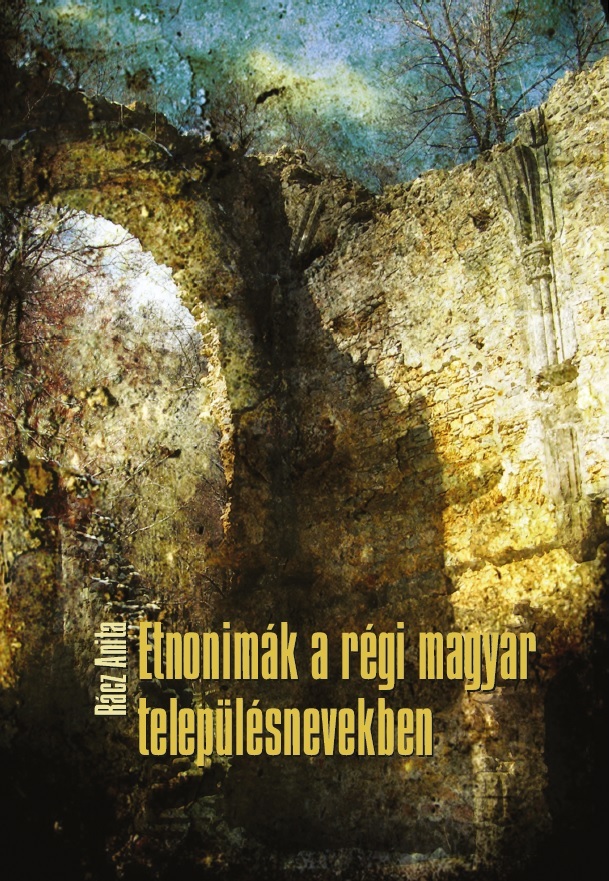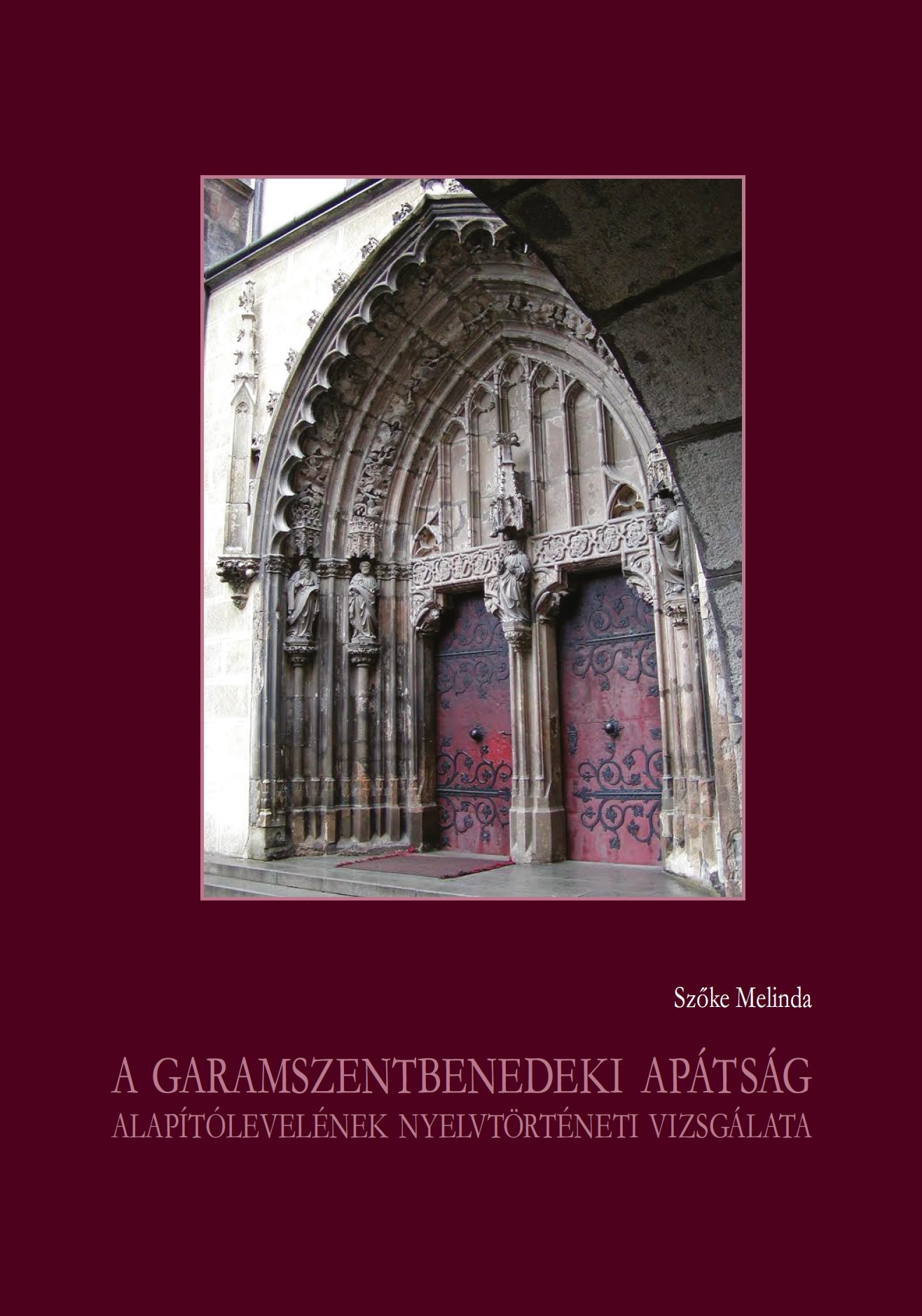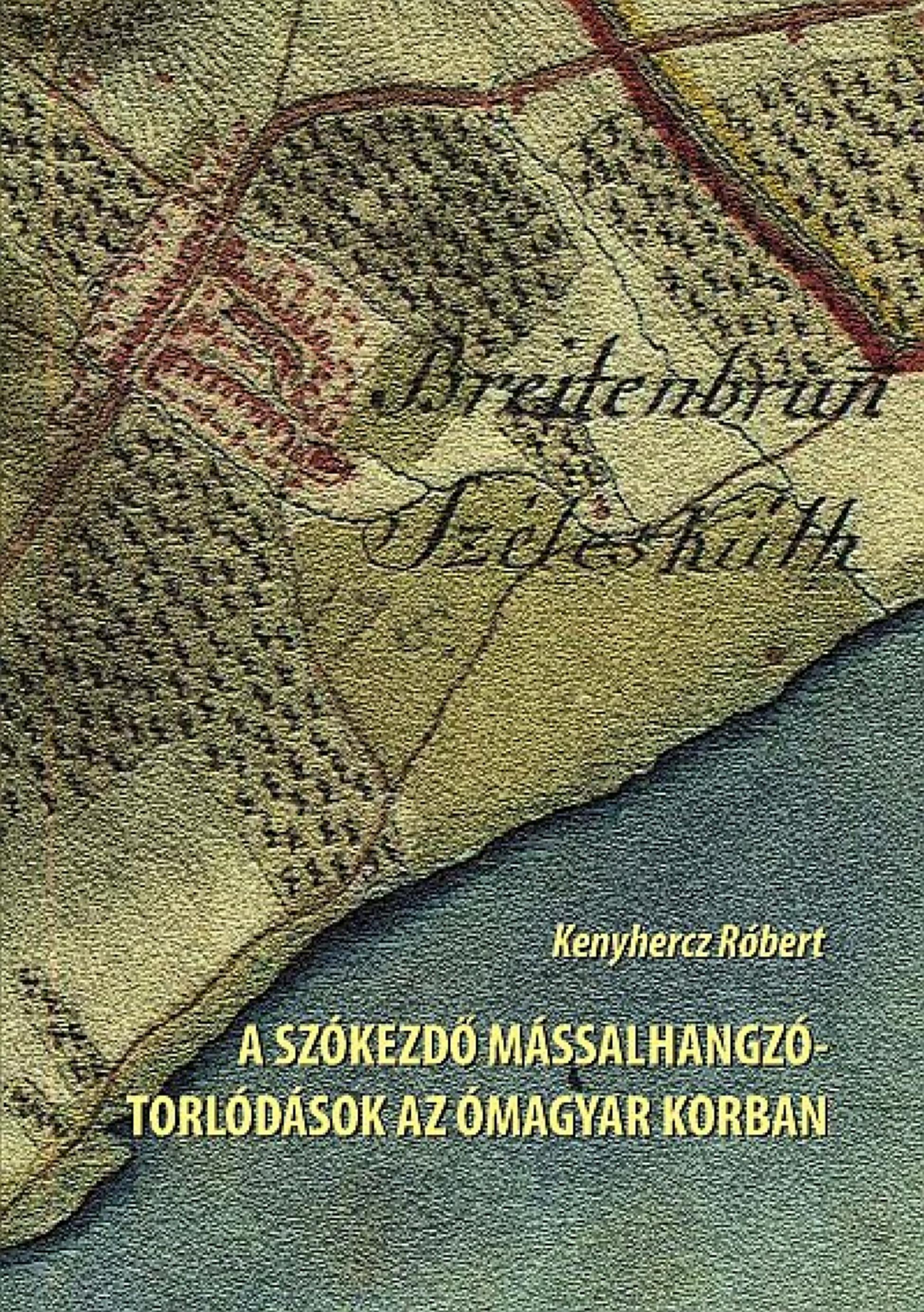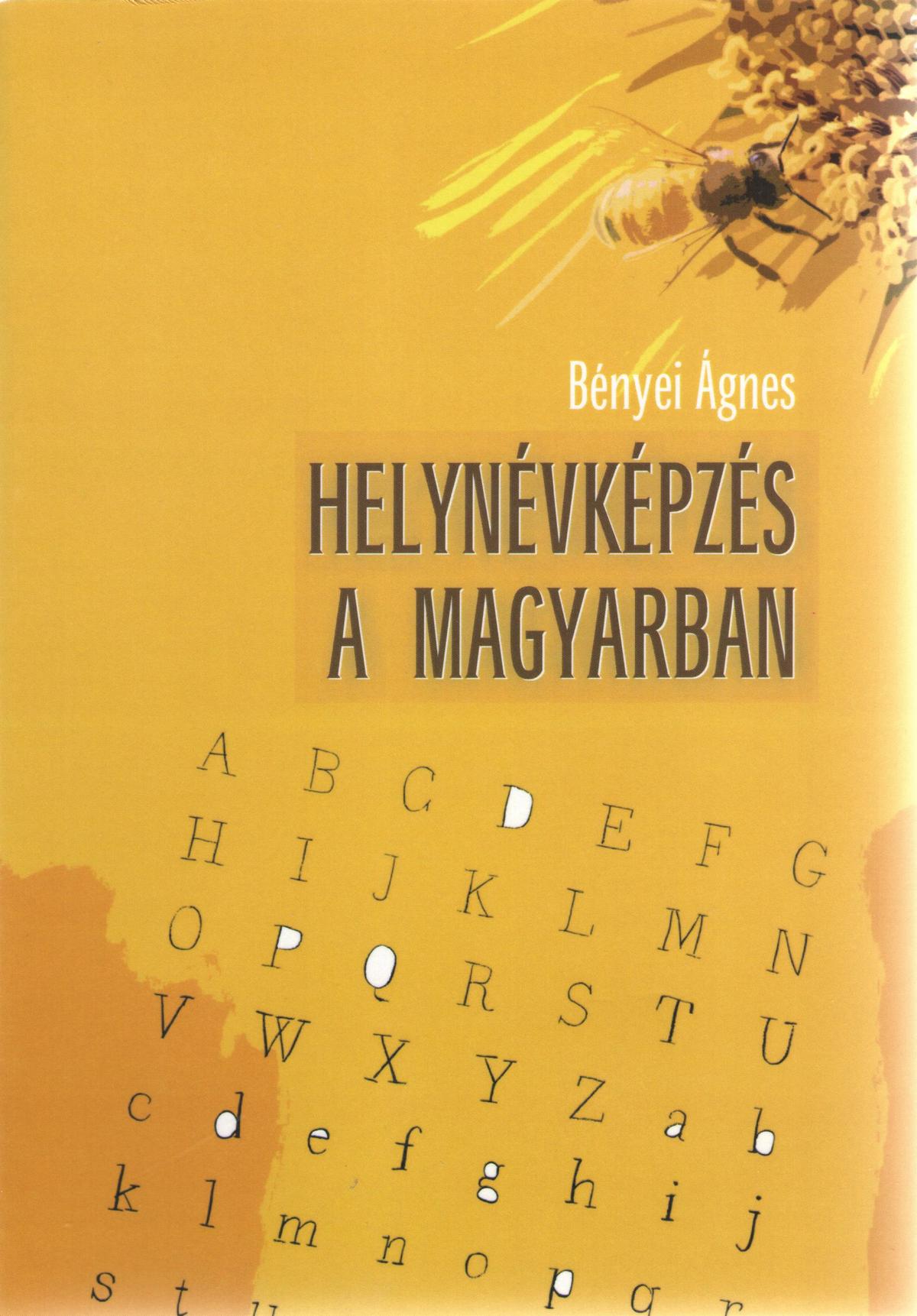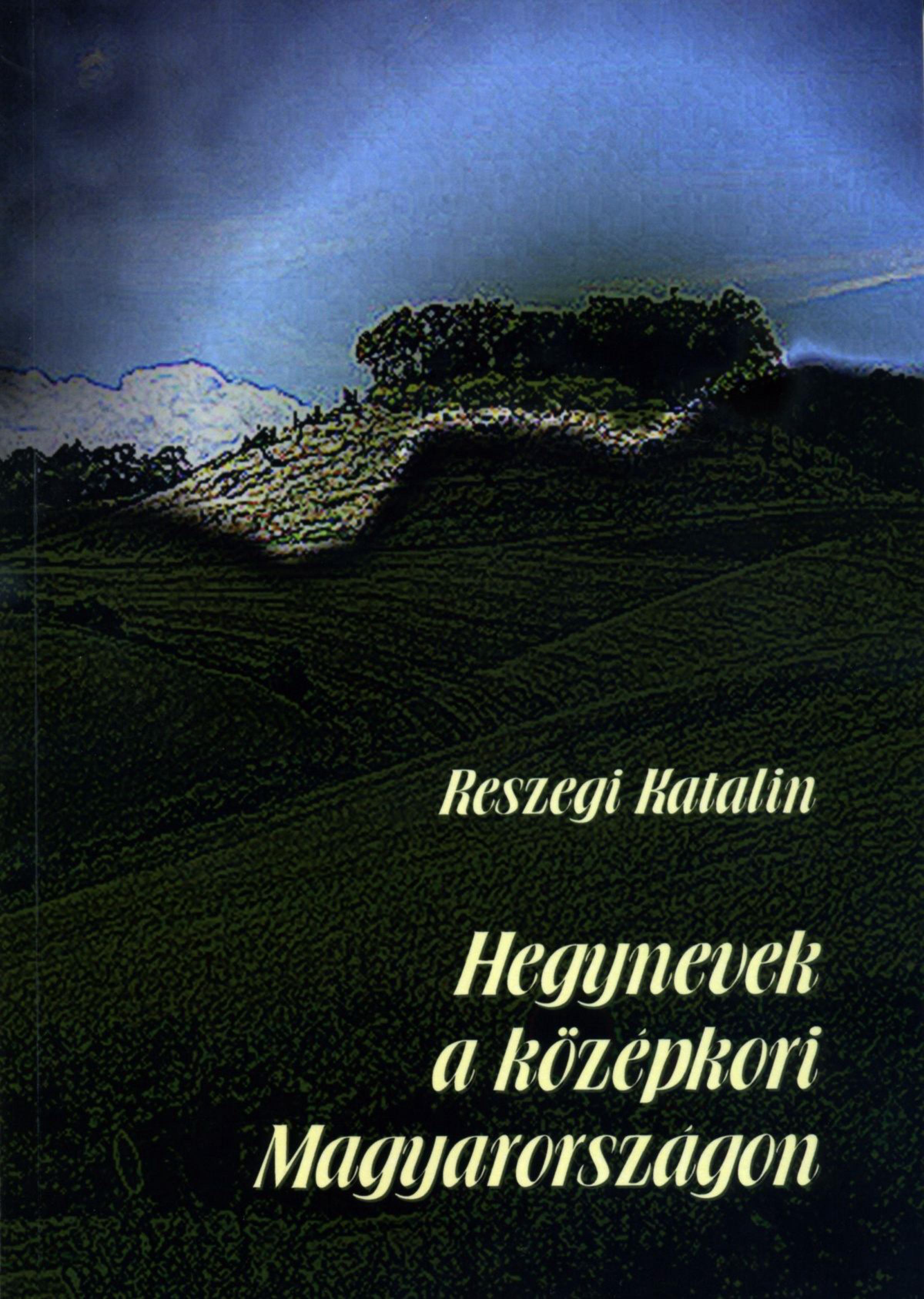BARBARA BÁBA, Geographical common words in space and time. 2016.
Geographical common words, as expressions marking places, are of central importance to the lexicon of any language, which is also true of Hungarian, because it is only these elements that can identify a certain type of locations. The research of geographical common words is especially significant in Hungarian, because they belong to that group of…

